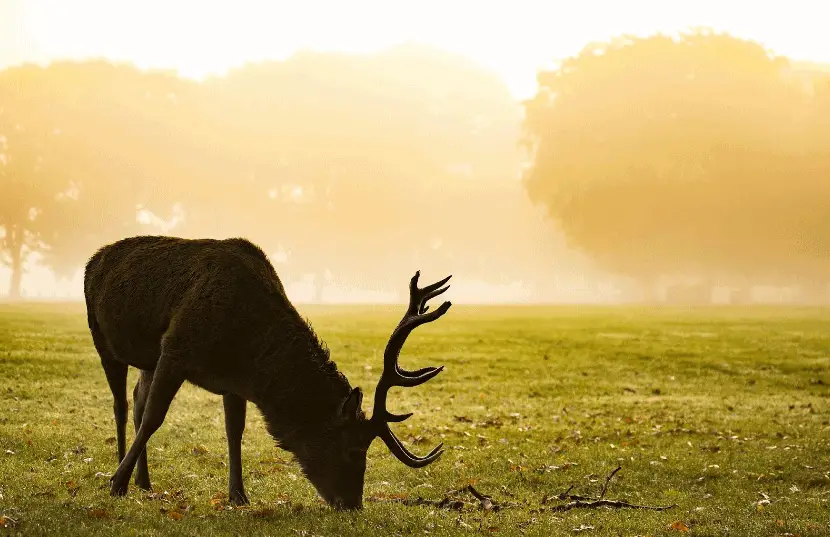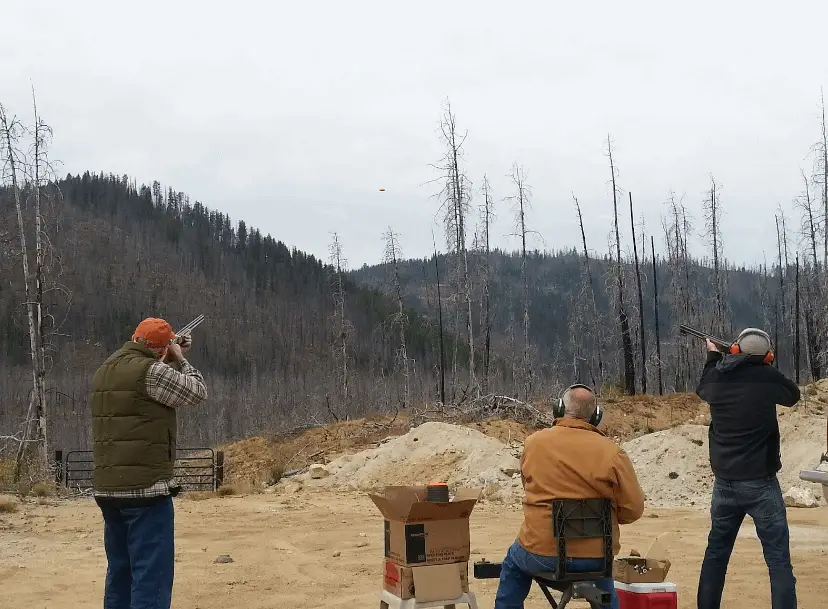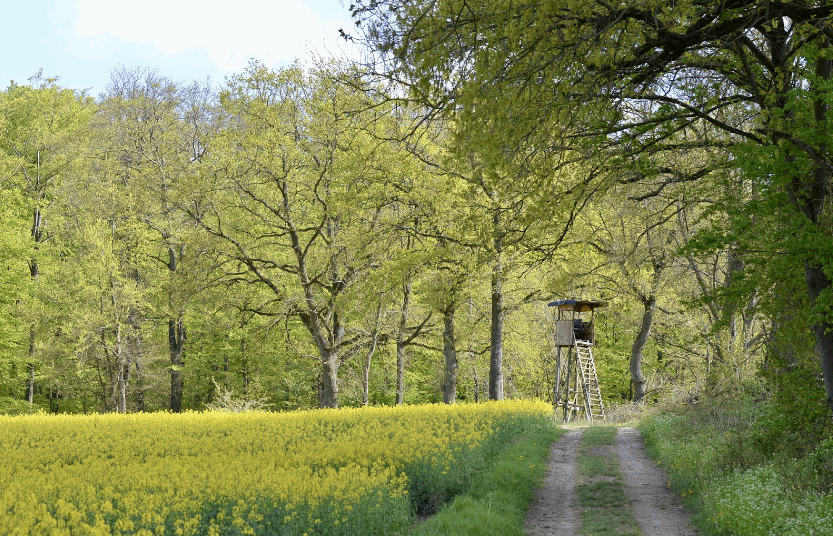Hunting Deer requires discipline and patience. Beginners need a good mentor who can guide them about the dangers of not laying a firm foundation. Rushing in without a proper understanding of hunting will undoubtedly lead to unpleasant situations.
Hunting is hard, but if you start with appropriate guidelines, it exponentially increases your skill levels. With each hunt, you will be more focused and exhilarated and learn to appreciate nature and life.
So if you want to learn how to hunt deer but need help knowing where to begin, don’t worry; we’ve got you covered with our first-time hunting tips:
Research About Deer
One of the first things that you learn and understand is the different kinds of deer living in your vicinity. There are over 40 species, but with the right strategy, you can recognize and hunt the deer of your choice. To do that, you will need to research their strength, weakness, behavior, where they sleep, what they eat, the shape of their footprint, and so on. This detailed guide teaches you everything you need to know about the types of deer you will find in the wild. 
Knowing Hunter Traits
Certain things a hunter does during their hunting journey have been passed on for generations and are still widely used. Long back, we learned that deer rely on their sense of smell and hearing. Therefore we have adopted certain traits to mask those senses:
First, remove your body smell by using light plain soaps to mask your scent, and keep your gear filled with leaves and pine needles. Learn to use baits or the best deer attractants to lure your hunt. Secondly, avoid sudden loud movement if you make a loud sound. Learn to remain calm and stop for a few minutes in case you are pursuing near a deer habitat.
Also, remember to Park your stand at a reasonable distance and tread lightly.
The last trait, many hunters use dogs as hunting companions. Now you might have a dog and wish to take it with some training. But all Dogs tend to sniff and chew anything they find in the wild, so learn about What Fruit And Veg Can Dogs Eat? To protect your dog in the wild.
Learn To Handle Your Weapon
When it comes to deer hunting, hunters have two sorts of weapons bow hunting and firearm hunting. Both have their unique advantages and disadvantages. But learn to treat both weapons as dangerous and never point your weapon at anyone other than your target. Lastly, keep your safety on until you are ready to take the shot.
The advantages of rifle hunting include rifles being easier to use and more accurate from longer distances. A rifle has a shooting range of 75-125 yards and can be reasonably accurate to 400 yards, whereas a bow has a much shorter shooting range of 20-80 yards.
However, rifle deer hunting only lasts for a week or two in most states, creating a situation where all the hunters are out together. This packed hunter lowers your chance of getting your hunt.
A quick tip here: Always use the same caliber cartridge for your firearm. Avoid using a different caliber cartridge. Using the wrong caliber can result in the bullet lodged in your barrel and can cause serious consequences.
Put Your Stand In The Right Spot
Once you have scanned the area for hunting. You can proceed to set your hunting stand. Now, this process is a little complicated and intuitive.
Still, the general rule suggests that you put your hunting stand where you can see the whole area or a significant part of the area, where you can cover your scent. Another place where you can set your stand is near the feeding areas or the corners of the field.
Practice getting in your hunting stand after you have set it up. Practicing climbing to your hunting stand prepares you to be efficient when the time comes. You can quietly slip in and take your position without being noticed.
When to Take your shot
Try to calm your nerves before you take your shot. All the knowledge and practice will help you here. Wait for a good shot. Aim at the vitals so that your shot will count. Remember to breathe and pull the trigger when you are comfortable.
Safety should be first.
Before you leave, ensure you have completed any required safety courses, have your license and tags, and check the weather. Let someone know where you’re going as well. Pack everything you’ll need, including emergency supplies.
After taking your shot, avoid approaching the animal quickly. Instead, try to make some noise or poke before you lay your hand. Once you have shot a deer and checked if it is safe, if its death is confirmed, you will need to carry it out of the woods.
The most common method is to grab an antler and drag it. If it’s a doe, use the rope you used to secure your safety harness to the tree. Start pulling the string around the deer’s neck.
Mandatory Gears for beginners
Expect and prepare for the worst case when you go out for a hunt.
Therefore remember to get yourself the following before your first hunt:
- Hunting rifle
- Hunting clothes
- Hunting boots and socks
- Hunting backpack
- Hunting knife
- First aid-kid
Conclusion
There are still many aspects you will need to learn about deer hunting, but if you follow these few steps carefully. Your foundation will be strong, and you can pick up new skills.
A critical element of hunting is it creates a bond between the hunter and the animal. You learn to appreciate and care for the animals.
This appreciation and care encourage a hunter to learn about endangered animals. Here is an information-packed piece a hunter should know about the Native American Animals That Need Help To Survive.





